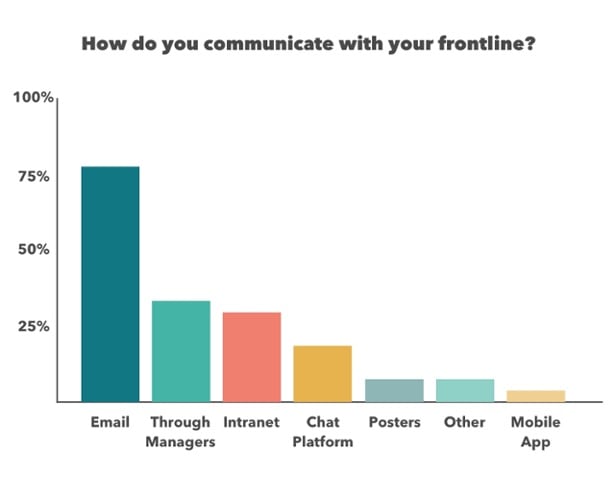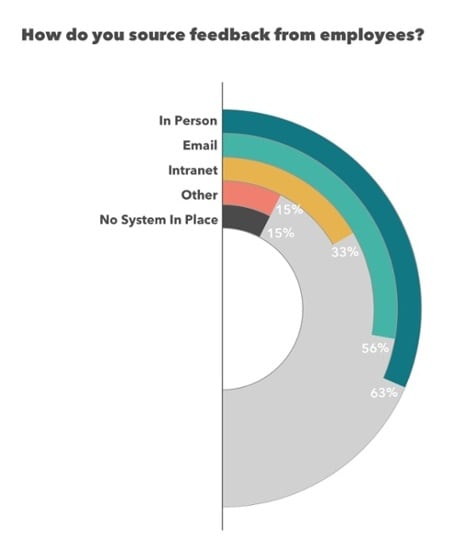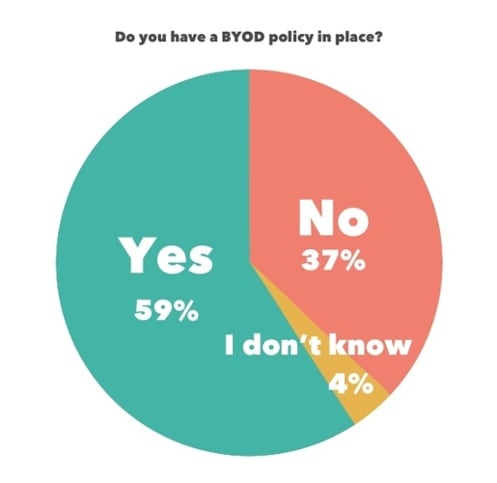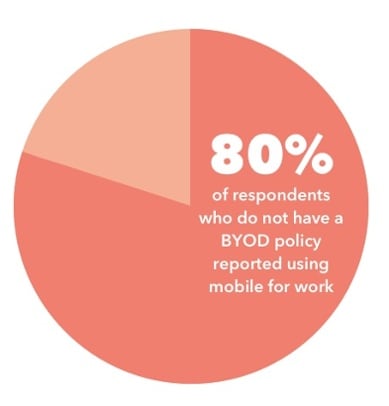
Why employees are frustrated with your communications
There is a fundamental problem in today’s workplace communication methods. It has become such a problem, in fact, that 87% of employees think their leaders communicate ineffectively. Many organizations make use of email or team huddles to relay information to frontline employees, but in an age where mobile has taken over, these methods are rapidly becoming less and less effective. The result? Employees are becoming increasingly frustrated and left feeling both unmotivated and disconnected from headquarters.
How can organizations improve internal communication and motivate performance? We asked frontline employees working in retail and food service. Here’s what they had to say:
The next generation of employees has made it clear – there is a lack of communication in these environments. For employees working on the frontline, the biggest frustrations are the use of outdated communication channels and a growing information gap. Essentially, these employees are not getting the information they need, when they need it.
When organizations continue to use traditional ways to communicate with frontline employees, such as email and team huddles, information gets lost. The resulting information gap creates barriers to productivity, teamwork, and providing a great customer experience. Organizations can address employee frustrations by choosing an effective communication channel and creating more engaging content. We have two easy steps you can take to improve your workplace communications and deliver content that will excite your employees:
1. Choose an effective communication channel
Two of the most common communication channels in retail and foodservice environments are email and team huddles. However, 83% of frontline employees don’t have a corporate email address. For those that do have email, there is a small likelihood of that they open, read through and absorb all necessary information in a timely manner.
While huddles are a good way to get the team together, you are relying on managers to summarize communications from headquarters and prioritize what information needs to be passed on to associates. That can be a gamble.
83% of Millennials open texts within 90 seconds of receiving them, while email is only opened 17% of the time. To better engage frontline employees, organizations need to adapt and make use of communication channels that are most actively used today. Long email updates, bulletin board posts, and huddles no longer have the ability to drive outcomes.
2. Create engaging content
The employees we interviewed expressed frustration with the content they typically receive from head office. Today’s employees feel they’re either suffering from information overload and are stuck sifting through unengaging content, or they are missing key pieces of information. In addition, shorter attention spans make it more and more and more difficult to deliver information in a way employees can effectively consume it.
Organizations need to create content that is bite-sized and attention-grabbing. On average, Millennials read 60 words before they lose attention. It’s becoming increasingly important to craft thoughtful, meaningful, and engaging updates for employees – similarly to how you would when communicating with consumers.
Our solution to solving these workplace frustrations? Go mobile
Going mobile (think: mobile-first portals, internal social networks, mobile enterprise apps) can help you to better reach and engage frontline employees. Leveraging apps for engaging, educating, and rewarding non-desk employees can help lead to better knowledge rates, brand awareness, and execution on the frontline. After all, 60% of employees say mobile technology makes them more productive. Shifting your communication strategy to bring frontline employees from ‘last-to-know’ to ‘in-the-know’ will boost team engagement, collaboration, and performance across the business.











